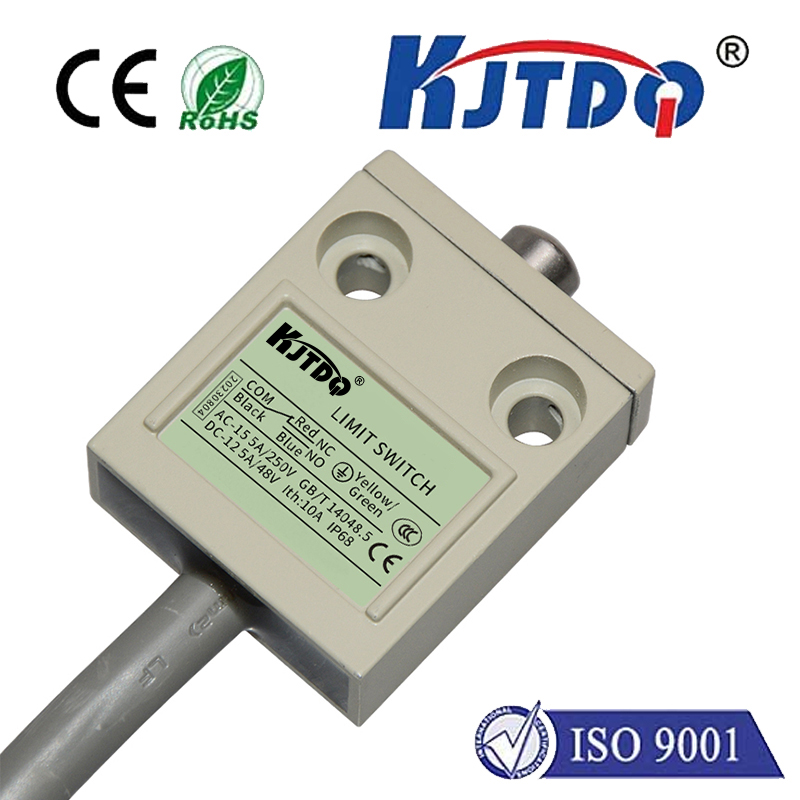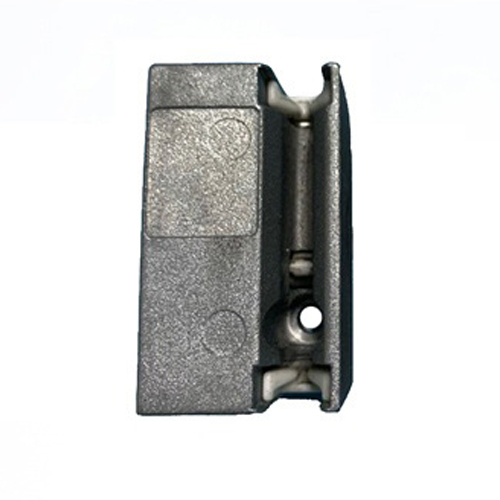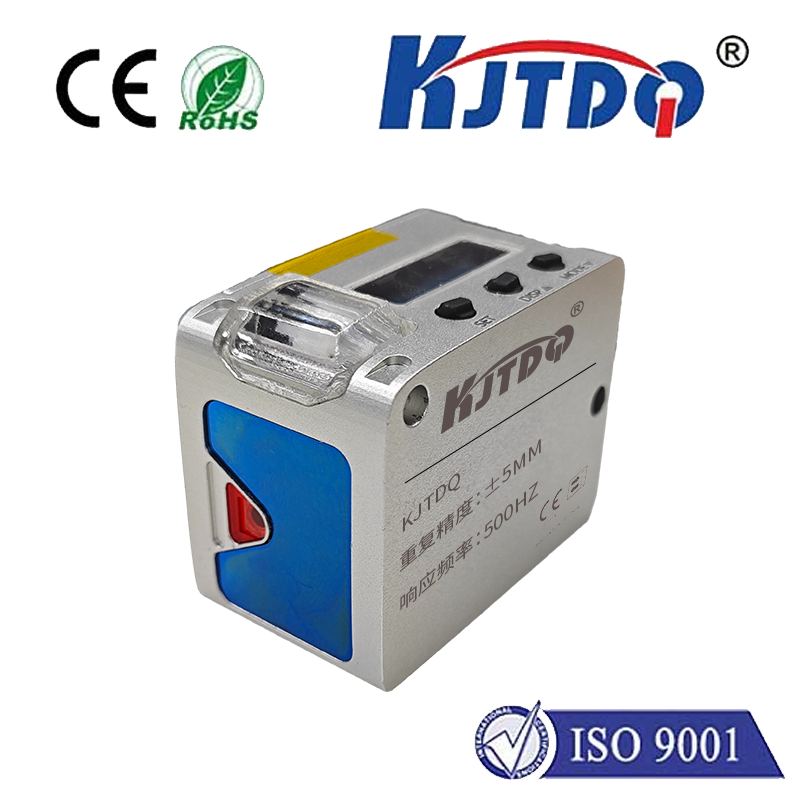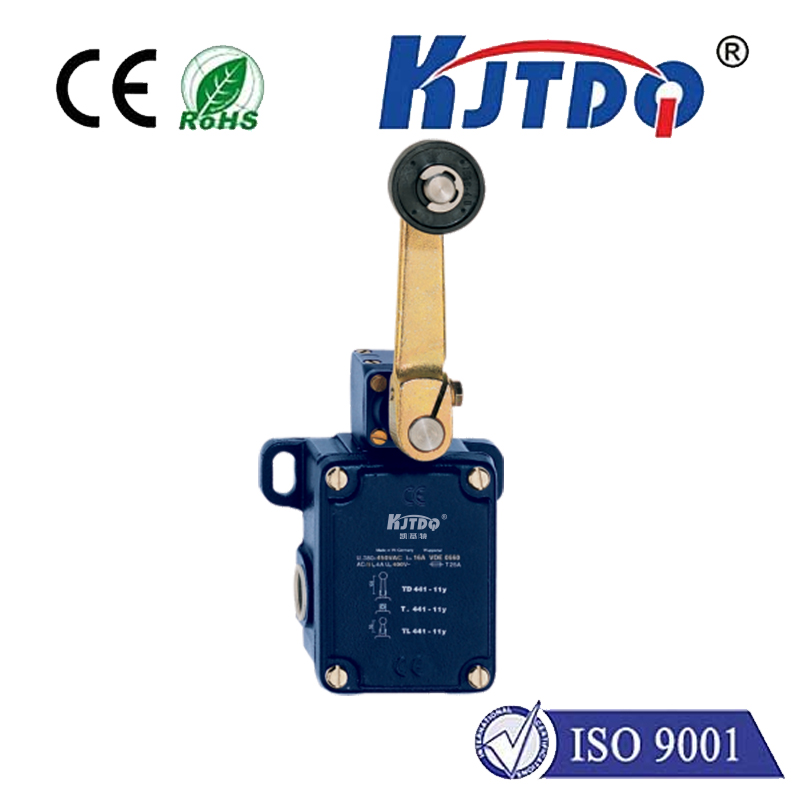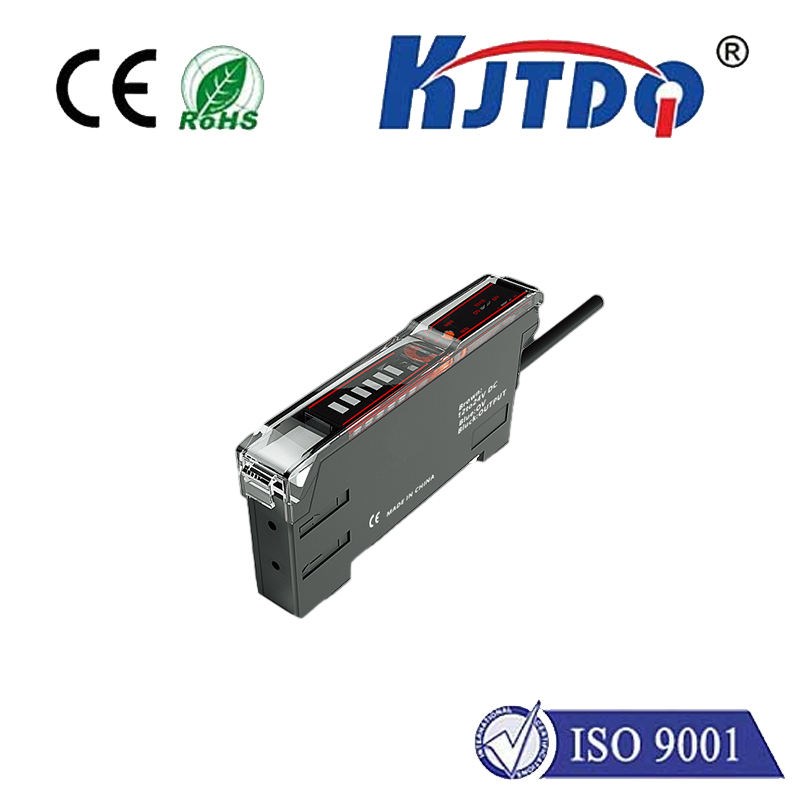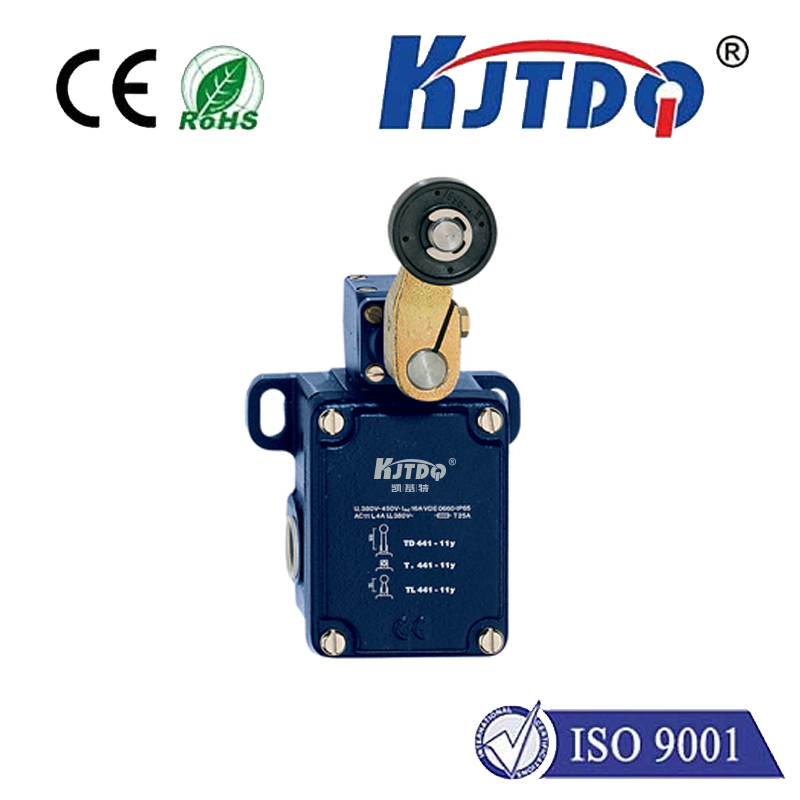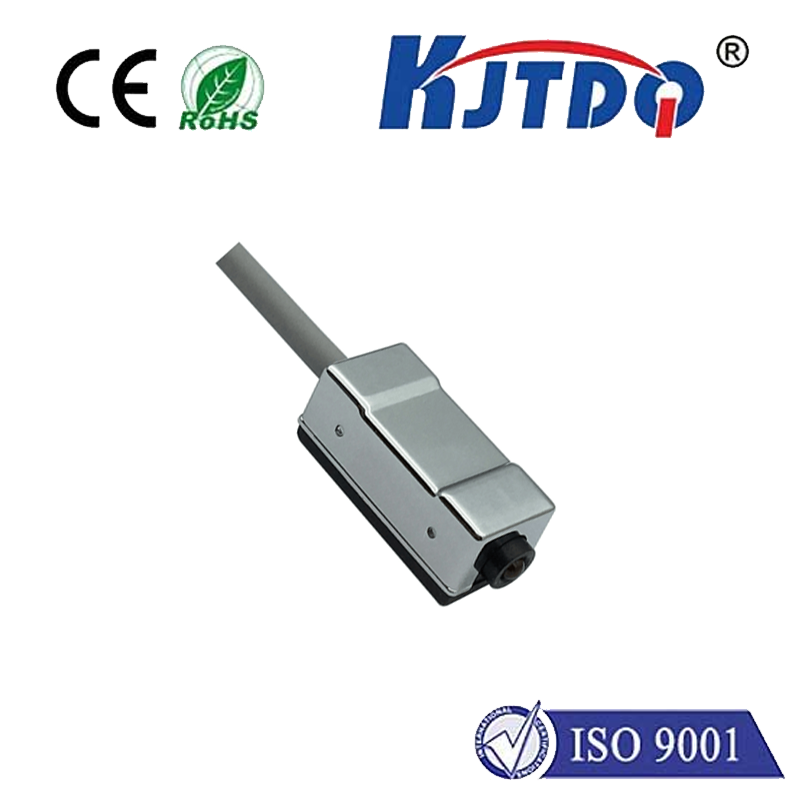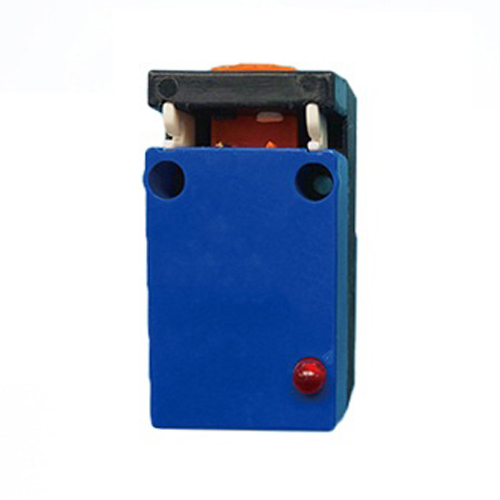k40 laser water flow sensor
- time:2025-09-08 16:42:50
- Click:0
K40 Laser Water Flow Sensor: Your Machine’s Vital Guardian Against Costly Catastrophe
Imagine this: The low hum fills your workshop as your trusty K40 laser engraves its latest masterpiece. But beneath the surface, unseen disaster looms. A stray air bubble trapped in the hose, a tiny kink from repositioning, the water pump silently giving up its ghost – any of these could lead, in mere seconds, to a catastrophic failure costing hundreds of dollars. The culprit? An overheating laser tube, its delicate internals instantly fried without sufficient cooling water flowing. This is exactly where the humble, yet utterly indispensable, K40 laser water flow sensor transforms from a simple component into your machine’s first line of defense. It’s the silent sentinel standing watch over your most critical investment.
Understanding the Peril: Why Water Flow is Lifeblood for Your K40 Laser
Unlike more robust industrial lasers, the ubiquitous K40 CO2 laser tube operates at high power levels within a glass envelope. This generates intense heat. Without constant, reliable cooling water circulating directly over the tube’s surface, this heat builds uncontrollably. The result isn’t gradual degradation; it’s often instant, irreversible damage. A split tube, warped electrodes, or burned coatings render the laser tube useless. The K40 laser water flow sensor exists solely to prevent this disaster.
How Does a K40 Water Flow Sensor Work?

At its core, the sensor is a simple device integrated into the machine’s cooling water loop. Positioned typically near the water pump’s outlet or on the return line to the reservoir, it monitors the actual movement of coolant.
- Sensing Mechanism: Most commonly used in K40 systems are paddle wheel or impeller-type sensors. As water flows through the sensor body, it spins a tiny internal paddle or impeller.
- Signal Generation: Magnets embedded in the spinning component pass by a Hall Effect sensor. Each pass generates an electrical pulse. The frequency of these pulses is directly proportional to the flow rate – faster flow equals more pulses per second.
- Interpreting the Signal: This pulse signal is fed back to the K40 laser’s main controller board. The controller is programmed to recognize:
- Adequate Flow: A pulse frequency above a preset minimum threshold indicates sufficient cooling is occurring. The laser is allowed to operate safely.
- Insufficient Flow / No Flow: If the pulse frequency drops below the threshold or stops entirely, the controller interprets this as a critical failure. It immediately cuts power to the laser tube within milliseconds, preventing overheating. This is often accompanied by an audible alarm and an error message on the control software (like LaserGRBL or LightBurn).
Beyond Basic Protection: The Critical Role of Real-Time Monitoring
While the emergency shutdown function is the sensor’s primary and most vital job, its role extends further:
- Detecting Impending Failures: A sensor can sometimes detect reduced flow before it becomes zero flow. This might be caused by a clogging filter, a weakening pump, or air gradually entering the system. Early detection allows intervention before a shutdown is forced or damage occurs.
- Peace of Mind: Knowing the sensor is actively guarding against coolant failure provides immense reassurance. You can focus on your project, not constantly worrying about the state of the water lines.
- System Diagnostics: When a flow error triggers, it instantly points you towards the cooling system as the culprit, significantly speeding up troubleshooting.
Integrating and Maintaining Your K40 Water Flow Sensor: Practicalities
Most modern K40 lasers come equipped with a water flow sensor. However, older models or heavily modified machines might lack one. Adding one is highly recommended and generally straightforward:
- Selection: Ensure you get a sensor compatible with the typical flow rates and tubing size (often 8mm ID tubing) of K40 cooling systems. Pay attention to the electrical connection type to match your controller board.
- Installation: Install it in-line within your cooling loop. Common positions are on the output side of the pump (ensuring flow is detected immediately after the pump starts) or on the return line. Secure connections are vital to prevent leaks. Always ensure arrows on the sensor body point in the direction of intended water flow.
- Wiring: Connect the sensor’s wires (usually 3: V+, GND, Signal) to the designated terminals on your K40 controller board. Refer to your controller’s manual for specifics.
- Testing: Crucially, test the sensor before relying on it! Fill your reservoir, start the water pump, and verify flow visually. Check your laser control software – it should display “Flow OK” or a flow rate value. Deliberately stop the water flow (pinch the hose gently) and confirm the laser power is instantly cut and an error is displayed. Never assume it’s working without testing.
Maintenance is minimal but essential:
- Clean Coolant: Use distilled water mixed with a suitable coolant agent (like car radiator antifreeze at ~30% or specialized laser coolant) to prevent algae growth and mineral deposits that could jam the sensor’s impeller.
- Check for Obstructions: If you experience false “No Flow” errors despite visible flow, the sensor impeller might be stuck. Power down, disconnect tubing, and gently flush the sensor with clean water. Avoid poking at the impeller with metal objects.
- Inspect Connections: Periodically check for leaks around the sensor fittings and ensure wiring remains secure.
Why a K40 Flow Sensor is Non-Negotiable: The Bottom Line
Viewing the K40 laser water flow sensor as an optional accessory is a costly misconception. It is arguably one of the most critical safety components on your machine. Its cost is negligible compared to the expense and downtime of replacing a ruined laser tube (often exceeding $100+). It operates silently, continuously, and with split-second precision to protect your investment from one of the most common and devastating failure modes in K40 laser cutters. Implementing and maintaining a reliable water flow monitoring system isn’t just good practice; it’s fundamental insurance for the health and longevity of your laser. Don’t gamble with your tube; let this vital sensor stand guard.







